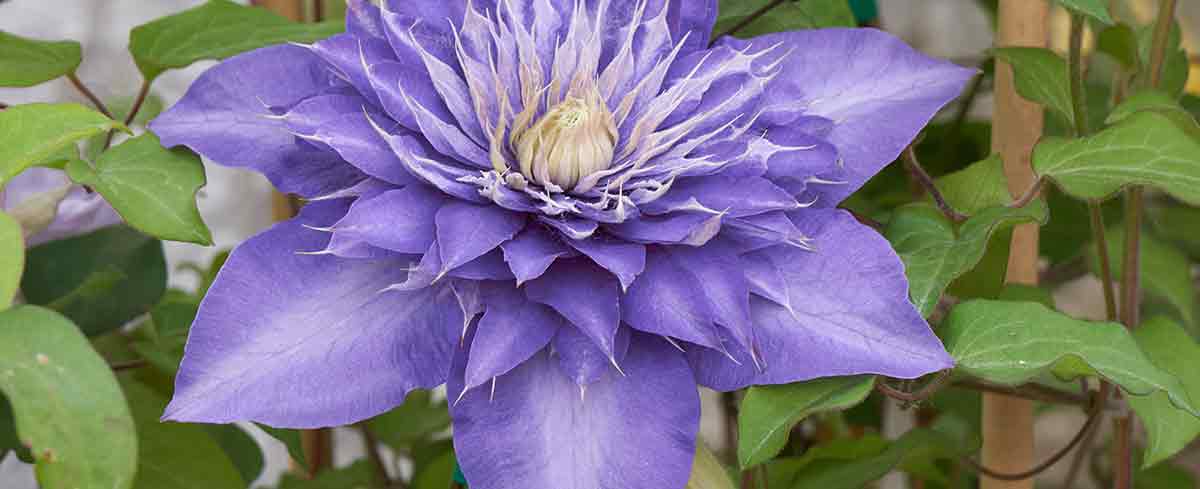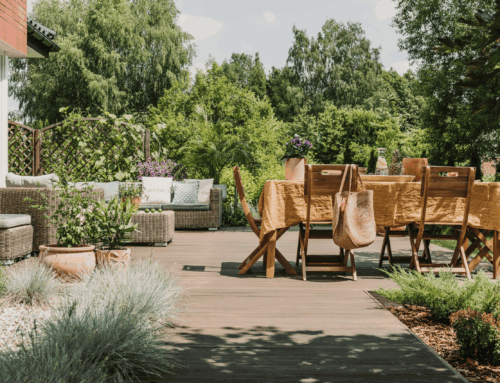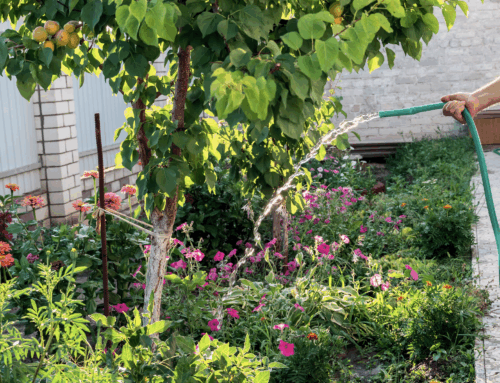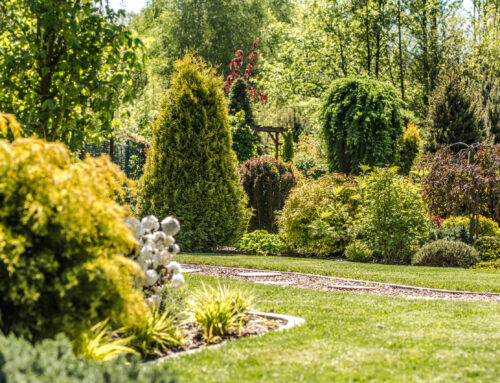As you will have seen from this week’s earlier blog post, planting a clematis is easy. Though you may be looking forward to seeing you plant’s beautiful blooming flowers, there are a number of issues which will prevent your Clematis from looking its best. We have highlighted a few common complaints and solutions which should help you to prevent any issues.
What if my Soil is Saturated?
Earlier this week we discussed how averse particular Clematises were to standing water. All varieties will require soil which is moist, but not overly so. If you have no choice but to plant your Clematises into saturated soil, plant them near large shrubs so that they drink up the excess water. If the problem is significant enough then you can lay draining pipes under the plants, using the slope will help to dispose of any excess water. You will also need to ensure a good flow of air to the soil so vertically dig in pipes to allow air in to the root area.
What if my Soil is too Dry?
Clematises will not tolerate dry soil and if frequent watering by hand is proving insufficient then consider installing a watering system.
When Should I Fertilise my Clematis?
It is better to fertilise your Clematis during the spring when the buds are swelling and you can see new growth appearing. Powdered, granular or slow release fertiliser can be added when watering the plants. Fertiliser is necessary for the plants health growth but be careful not to overdo it.
Why does my Clematis Have Yellow leaves?
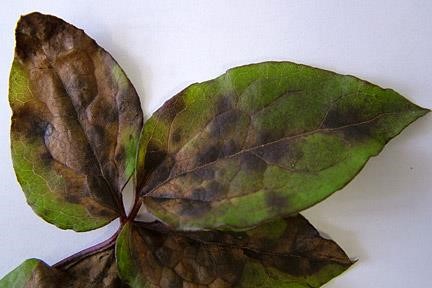
There are a number of factors which could result in a yellow discolouration of Clematis leaves:
Fungus – Yellowing leaves, wilting foliage and stem death can all be caused by a particular fungus specific to Clematises, Clematis Wilt. This fungus remains in the stems only so pruning the infected stem back to its healthy portion is usually enough to stop the spread.
Whiteflies and aphids these insects feed on the underside of Clematis leaves and can cause the leaves to curl in towards the stem, yellowing the leaves and producing honeydew which can further attract ants. A spray down with a hose will remove any such insects. You can also control the population of aphids with Provado ultimate bug killer’
Insufficient magnesium – If you are certain that your Clematis is getting enough water then yellowing leaves it may be due to a magnesium deficiency. Tomato fertilisers are a particularly good choice for Clematis as they contain magnesium, however you may also which to try an Epsom salt solution as a possible alternative.
Why does my Clematis have Brown Leaves?
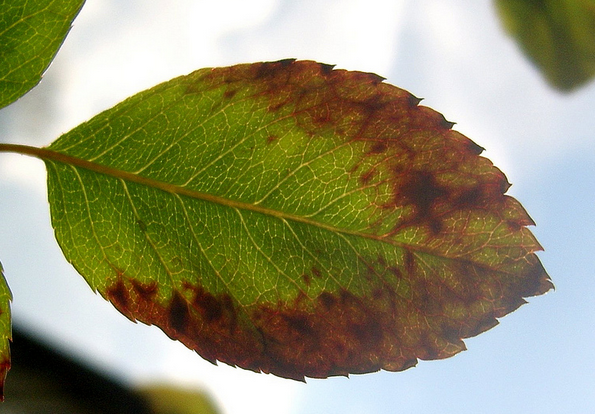
Too much or too little water can prevent the right amount of nutrients reaching your clematis. Whereas a yellow discolouration can occur as a result of overwatering, under watering is likely to result in a burnt appearance due to the effect of the sun on the already dry leaves.
Why are the Clematis Buds Falling out?
If you see that your clematis buds are falling out and you used a liquid fertiliser, then the chances are that this type of fertiliser will have been be too strong. Remember also not to fertilise your Clematis when it is in bud or in bloom as this will also cause the buds to fall out.
When Should I Prune my Clematis?
The time of year should not be too much of a factor when deciding to prune your clematis, however a useful rule of thumb is not prune any Clematises which flower before June. Once the Clematis has finished blooming, lightly prune about a 3rd of the vines to in order to encourage more growth. Kitchen scissors are a fine for this task if you don’t have pruning shears to hand. Where you see new growth (leaves small, a few buds coming), do not make any cuts as these stems will become another wave of blooms. Instead, target older growth stems and shorten them by about a 3rd.
Why is My Clematis is Not Blooming?
If your Clematis is producing plenty of leaves, but no flowers then this is likely due to an excess of nitrogen in the supply of nutrients. Clematises require nitrogen for foliage growth and potassium to encourage the development of flowers and disease resistance. A tomato fertilizer will have the correct balance of nitrogen, phosphorus and of course magnesium.
